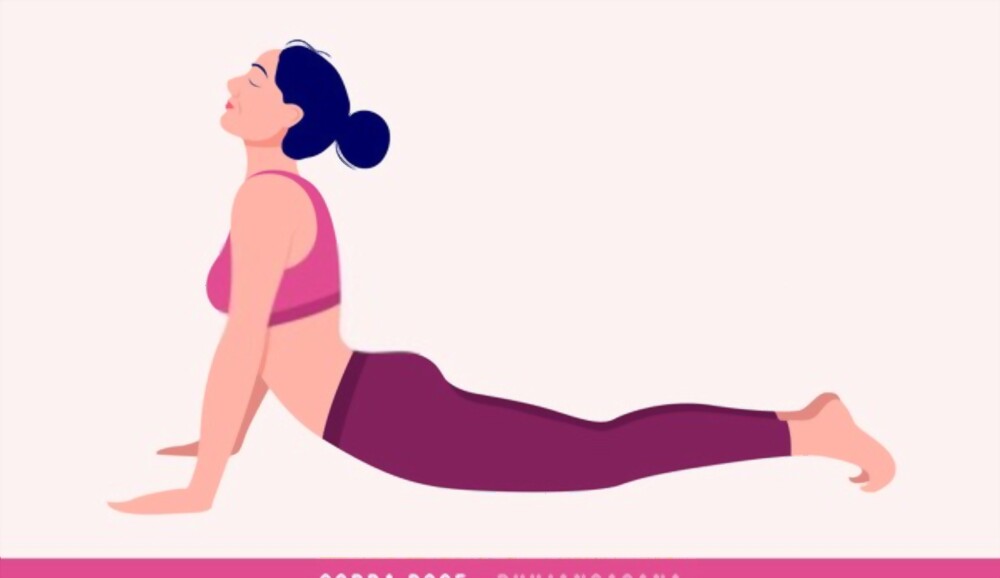Menstrual disorders
Dysmenorrhoea: Painful cramps of the uterus during menstruation. It is quite common and almost 50 % of the women suffer from it.
PMS: pre menstrual syndrome- Many women have some discomfort before a few weeks of menstruation. PMS causes emood swings, tension, breast tenderness, bloating, irritability,etc. exercising helps reduce PMS symptoms.
Amenorrhea: primary amenorrhea represents that there is failure to reach menarche due to chromosomal abnormality. in secondary, there is the cessation of menses for 3 months.
Menorrhagia: Heavy menstrual bleeding (>80ml per menstrual cycle)is known as menorrhagia. Commonly seen in athletes.
Association of exercises and dysmenorrhea-
Mild physical activities help in controlling the symptoms of dysmenorrhoea. By the release of endorphins which increase the pain threshold, improvement in mood is seen. It reduces menstrual pain.
Stretching techniques, isometrics, Kegel exercises, jogging, yoga and relaxation exercises are helpful, however should be performed under guidance.
Effect of menstrual cycle on joint laxity
It is proven that females have more laxity on day 5 of menses. Laxity is also seen on days 3 to 5 of initial estrogen rise, days 1 to 4 of the early luteal phase, and days 1,2,4, and 5 of the late luteal phase. when the oestrogen level increases, laxity is increased as well.
Incidence of injuries during the menstrual cycle
The incidence of injuries is greater in the late follicular phase. Muscle tendon injuries are two times higher in the late follicular phase( these may include any of the following such as – muscle rupture, stain, cramps/tendon tear).
Dosage of exercises for dysmenorrhoea
Moderate to high-intensity exercises should be performed three times a week. it helps to decrease the symptoms during the menstruation.
Also read- https://vcurehealthcare.com/neck-pain-causing-headaches-read-cervicogenic-headache/





